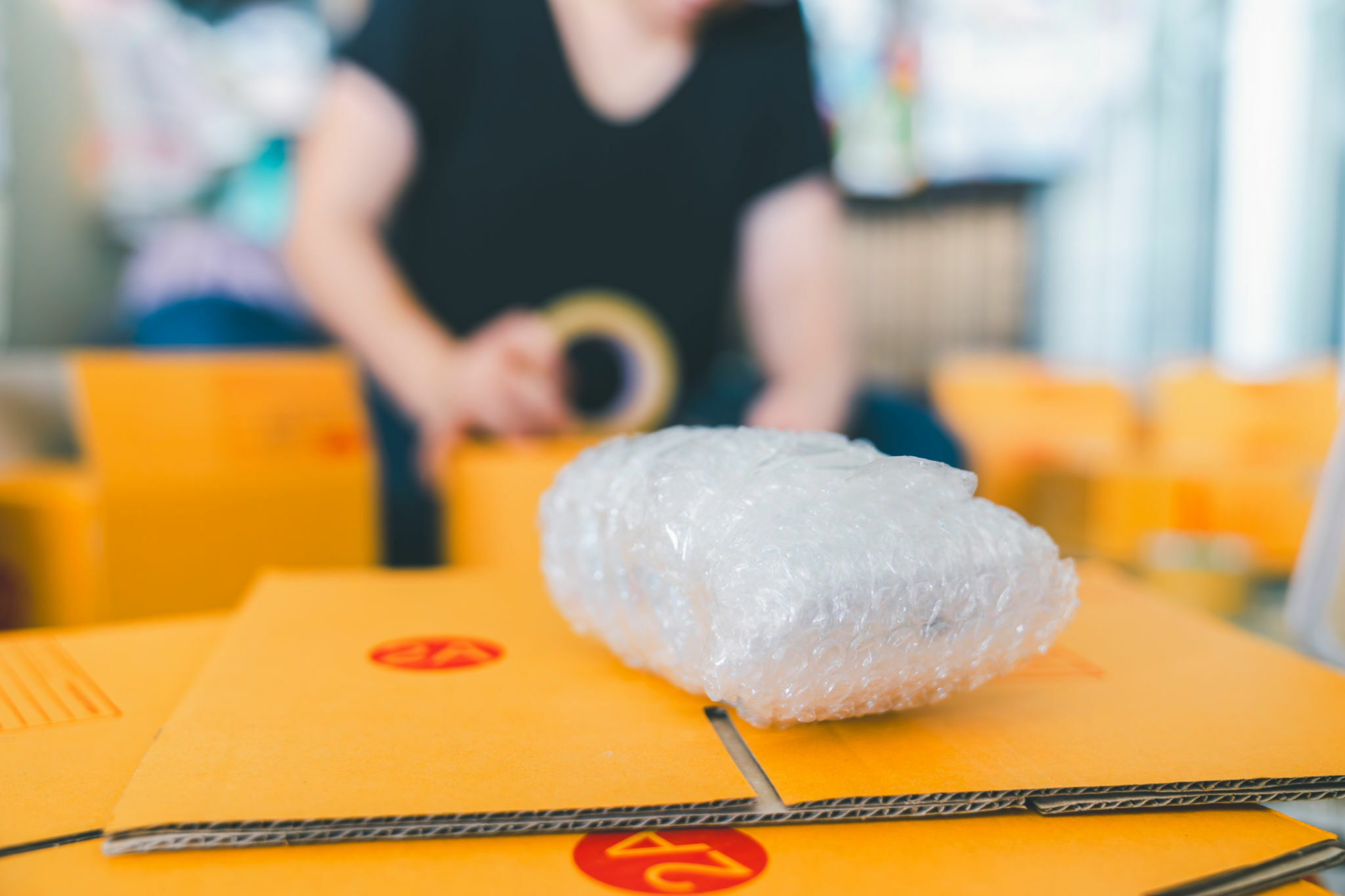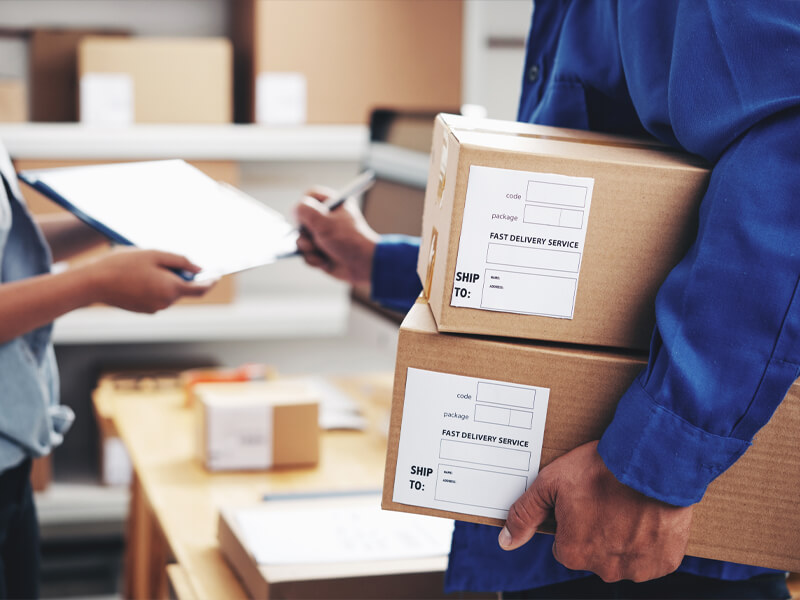Reliable Industrial Recycling Solutions for Sustainable Product Packaging: A Comprehensive Overview
In today's progressively environmentally-conscious world, the demand for lasting product packaging solutions has never been greater. To fulfill this need, companies throughout sectors are proactively looking for effective industrial recycling options. Browsing the complicated landscape of lasting packaging can be challenging without a thorough guide. That's where this comprehensive guide on efficient industrial recycling remedies for sustainable product packaging comes in. By exploring essential areas such as packaging material choice, developing for recyclability, implementing recycling facilities, teaming up with reusing partners, and tracking and measuring recycling success, this overview will certainly equip you with the expertise and tools necessary to make educated choices and drive favorable modification within your organization. Whether you're a packaging expert, sustainability supervisor, or merely curious about the topic, this overview will certainly provide beneficial understandings and techniques to aid you navigate the world of sustainable product packaging.
Product Packaging Product Selection
The selection of packaging products plays a critical role in making sure the sustainability of industrial recycling options. When it involves sustainable packaging, the choice of materials is type in lessening ecological effect and making the most of recycling effectiveness. Choosing the ideal products can assist decrease waste generation, save resources, and advertise a round economic situation.
One important variable to take into consideration in product packaging material selection is recyclability - processing company. Materials that can be quickly reused and incorporated back right into the manufacturing cycle are liked. Materials like cardboard, paper, glass, and certain kinds of plastics can be recycled multiple times without shedding their quality. On the various other hand, products that are hard to recycle, such as non-recyclable composites or blended plastics, can create difficulties for the reusing process and might wind up in landfills or incinerators.
Another consideration is using biodegradable and eco-friendly materials. Packaging made from renewable energies, such as plant-based plastics or biopolymers, can help minimize dependency on nonrenewable fuel sources and alleviate environment adjustment. Furthermore, naturally degradable products break down normally over time, lowering the accumulation of waste in garbage dumps.
Furthermore, the weight and quantity of packaging products should be decreased to minimize transportation costs and power consumption. Light-weight materials not only require fewer resources throughout production yet likewise add to reduce carbon discharges during transportation.
Creating for Recyclability
Product packaging designers need to focus on the use of materials that are commonly approved for recycling and have actually developed recycling frameworks. Materials such as glass, light weight aluminum, and particular types of plastic, like PET and HDPE, are commonly recycled and should be favored over products that are challenging or costly to recycle.
An additional vital factor to consider in making for recyclability is the elimination of unneeded parts or products. By lessening the variety of layers, finishings, and additional components, packaging can be made easier and much easier to recycle. In addition, designers need to aim to decrease making use of blended products, as they can make complex the reusing process.

Implementing Recycling Infrastructure
Reliable execution of recycling framework is important for the success of commercial reusing solutions. Without correct infrastructure in position, the reusing procedure ends up being ineffective and inadequate, impeding the total objective of lasting product packaging.
To carry out reusing facilities successfully, several crucial factors need to be thought about. To start with, there must be a well-organized collection system that promotes the separation and collection of recyclable materials. This can include marked recycling bins in public spaces, as well as collaborations with waste monitoring companies for curbside pickup and sorting.
Once collected, the recyclable materials require to be delivered to recycling centers in a prompt manner. This requires effective logistics and transportation networks, making certain that the products reach the proper facilities without delay.
At the reusing facilities, progressed sorting and handling modern see this site technologies need to be in location to divide various kinds of products successfully. This consists of the usage of automated arranging machines, optical scanners, and hands-on sorting techniques.
Moreover, there must be a robust market demand for recycled materials. This can be achieved via partnerships with makers and markets that use recycled materials in their production processes. Producing a secure market for recycled products incentivizes the reusing industry and advertises the round economic climate.
Collaborating With Recycling Allies

One trick element of collaborating with reusing companions is the establishment of clear communication channels. It is necessary to establish open lines of interaction to assist in the exchange of information, updates, and responses. This enables both celebrations to remain informed about the progression of recycling efforts and address any kind of difficulties or concerns that may arise.
In addition, collaboration can include collaborations in carrying out and designing reusing programs. Reusing partners can provide useful insights and advice in creating effective collection systems and identifying one of the most appropriate recycling technologies. By collaborating, services and recycling companions can optimize the reusing process and reduce waste.
Additionally, partnership can extend past the functional aspects of recycling. It can likewise incorporate advocacy and education and read what he said learning efforts. By joining pressures, services and recycling partners can elevate recognition concerning the importance of reusing and promote the adoption of lasting packaging practices among consumers and various other stakeholders.
Monitoring and Measuring Recycling Success
To ensure the performance of commercial recycling services and the achievement of lasting product packaging goals, it is essential for companies and their reusing partners to establish a detailed system for monitoring and measuring recycling success (plastic container manufacturer). Tracking and determining recycling success permits organizations to assess the impact of their recycling efforts, determine areas for enhancement, and established purposeful targets for future progression
One means to track recycling success is via making use of data collection and evaluation devices. By collecting information on the quantity of packaging waste produced, the percent of waste that is recycled, and the sorts of products being recycled, services can acquire useful insights into their recycling performance. This information can after that be analyzed to recognize patterns, patterns, and locations of inadequacy.
Another essential facet of monitoring and determining recycling success is developing clear and standardized metrics. This allows businesses to contrast their efficiency against sector criteria and track their development gradually. Metrics such as reusing rates, waste diversion prices, and greenhouse gas emissions can provide a quantitative procedure of a service's reusing success.

Final Thought
In conclusion, carrying out reliable commercial recycling services for sustainable product packaging needs careful factor to consider of product packaging product option, creating for recyclability, implementing recycling facilities, working together with recycling partners, and monitoring and measuring reusing success. By incorporating these techniques, businesses can add to a much more lasting and environmentally-friendly technique to packaging, reducing waste and advertising the circular economy.
By exploring crucial locations such as packaging material option, designing for recyclability, carrying out reusing framework, collaborating with reusing companions, and tracking and determining reusing success, this guide will outfit you with the understanding and devices necessary to make educated choices and drive favorable change within your organization. Product packaging developers her response should focus on the usage of materials that are commonly accepted for reusing and have actually established recycling frameworks.Collaboration with recycling partners is essential for the successful application of commercial reusing services and the accomplishment of lasting product packaging goals. By joining forces, services and reusing companions can raise awareness regarding the significance of recycling and promote the adoption of sustainable packaging methods amongst customers and various other stakeholders.
By accumulating data on the amount of packaging waste generated, the percentage of waste that is recycled, and the types of materials being recycled, companies can get valuable understandings into their reusing efficiency.